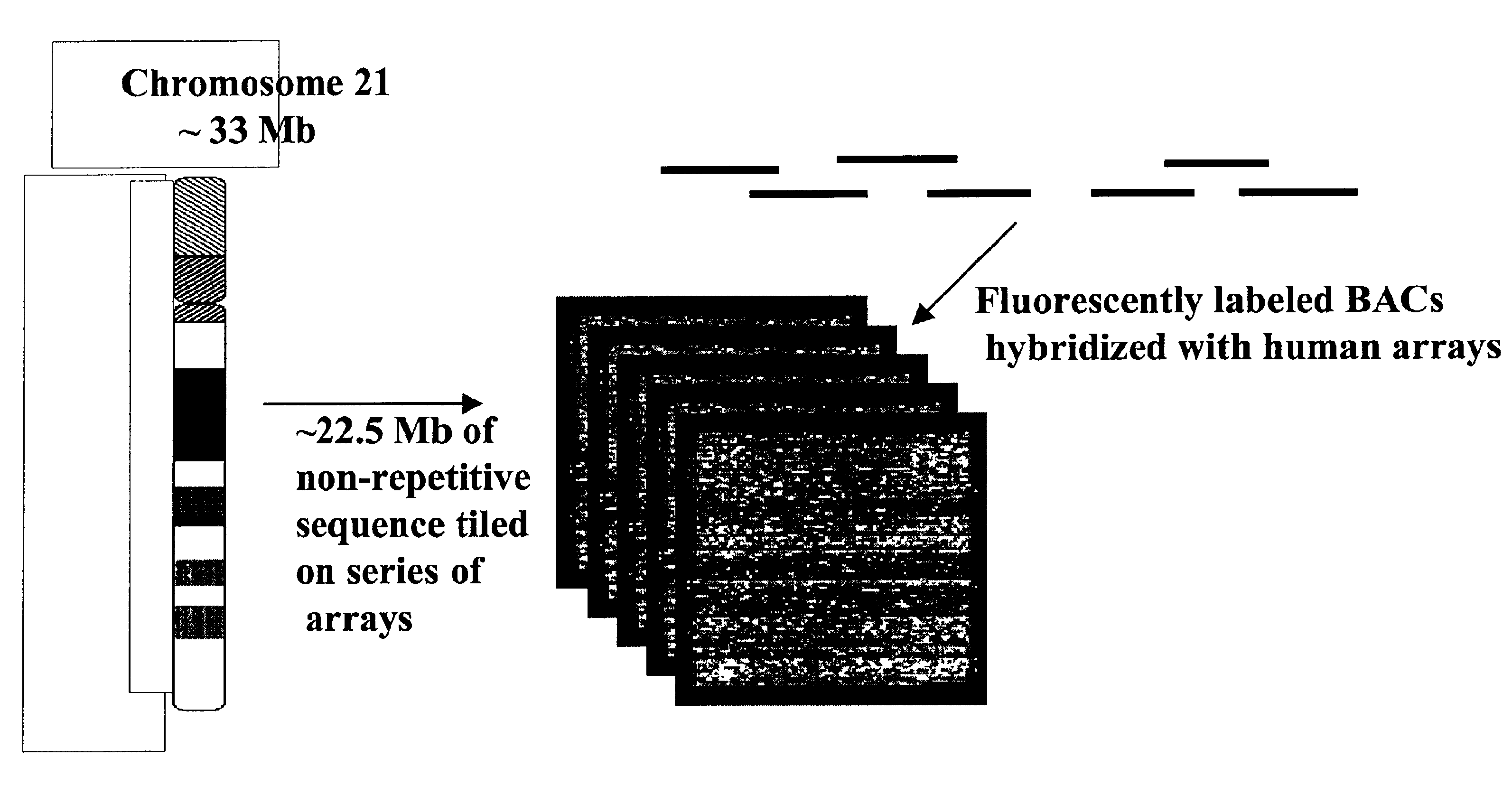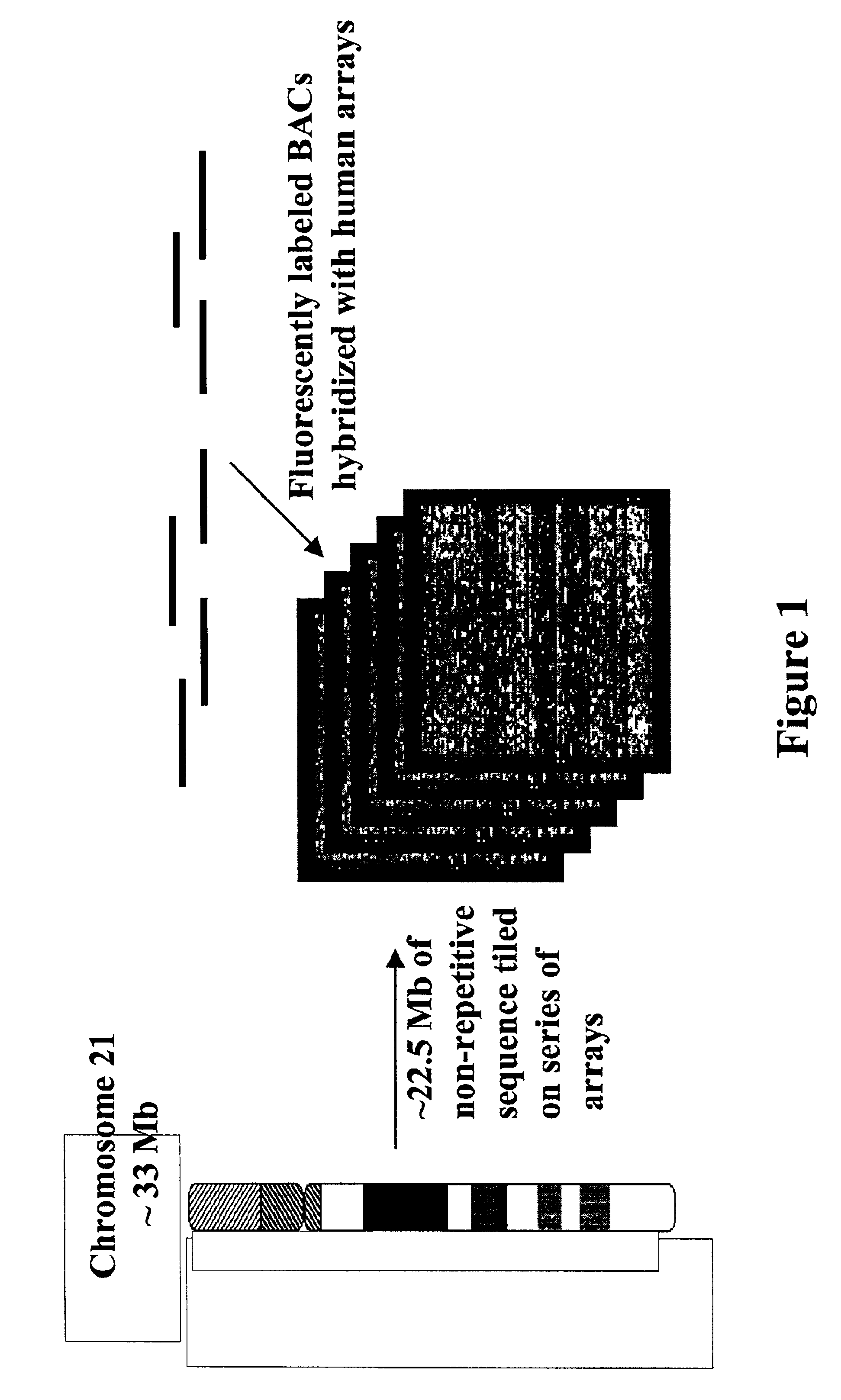Methods for identifying the evolutionarily conserved sequences
a technology of evolutionary conserved sequences and methods, applied in chemical methods analysis, instruments, biochemical equipment and processes, etc., can solve problems such as greater challenges
- Summary
- Abstract
- Description
- Claims
- Application Information
AI Technical Summary
Benefits of technology
Problems solved by technology
Method used
Image
Examples
Embodiment Construction
[0028]Reference will now be made in detail to the preferred embodiments of the invention. While the invention will be described in conjunction with preferred embodiments, it should be understood that such embodiments are not intended to limit the invention to these embodiments. On the contrary, the invention is intended to cover alternatives, modifications and equivalents which are included within the spirit and scope of the invention. For example, the invention will be described by referring to embodiments providing methods, compositions, data analysis systems and computer program products for discovering functional regions in a genome. However, the methods, compositions, computational analysis and computer program products may be useful for analyzing the sequences of other biological molecules, particularly those useful for comparing sequences when one sequence is known and the other is not. In addition, one skilled in the art recognizes that the term “species” is an artificial de...
PUM
| Property | Measurement | Unit |
|---|---|---|
| divergence time | aaaaa | aaaaa |
| melting temperatures | aaaaa | aaaaa |
| pH | aaaaa | aaaaa |
Abstract
Description
Claims
Application Information
 Login to View More
Login to View More - R&D
- Intellectual Property
- Life Sciences
- Materials
- Tech Scout
- Unparalleled Data Quality
- Higher Quality Content
- 60% Fewer Hallucinations
Browse by: Latest US Patents, China's latest patents, Technical Efficacy Thesaurus, Application Domain, Technology Topic, Popular Technical Reports.
© 2025 PatSnap. All rights reserved.Legal|Privacy policy|Modern Slavery Act Transparency Statement|Sitemap|About US| Contact US: help@patsnap.com



